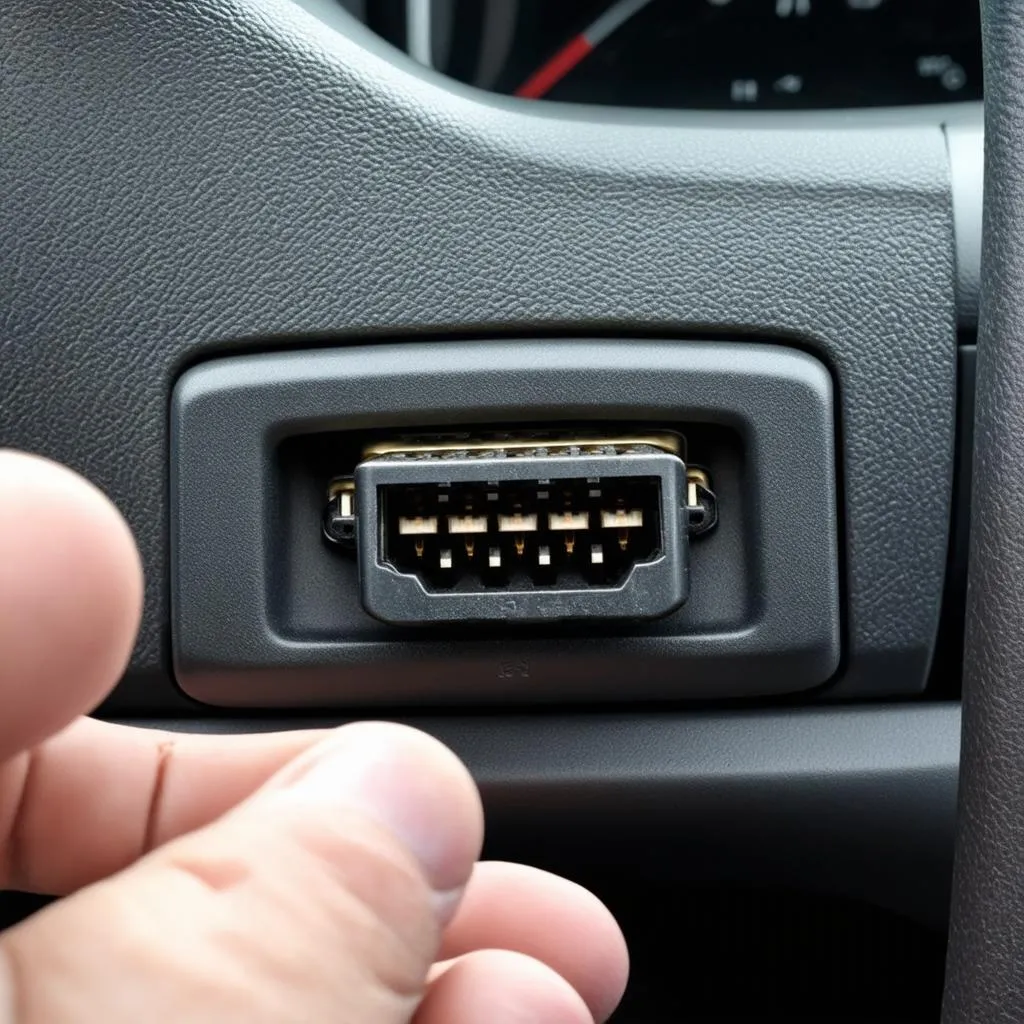Ever wondered how mechanics diagnose car problems so quickly? Or how your car’s computer keeps track of everything from fuel efficiency to engine performance? It’s all thanks to a revolutionary technology called OBD2, which acts as your car’s “secret language” for communication.
What is OBD2?
OBD2 stands for On-Board Diagnostics II. It’s a standardized system that allows technicians and car owners to access information about a vehicle’s engine and other systems. Think of it like a black box in airplanes, recording crucial data about the vehicle’s health.
Imagine this: You’re driving down the road when your car suddenly starts sputtering. You pull over, feeling a surge of anxiety. But then, you remember the magic of OBD2. With a simple scan tool, you can read the car’s diagnostic codes, revealing the root cause of the problem.
The Importance of OBD2
OBD2 is incredibly important for several reasons:
- Troubleshooting: OBD2 helps mechanics diagnose issues quickly and accurately. It provides valuable insight into the car’s condition, leading to faster repairs.
- Maintenance: By monitoring data like fuel consumption and engine performance, OBD2 helps identify potential issues before they become major problems. This allows car owners to schedule preventative maintenance and keep their vehicles running smoothly.
- Environment: OBD2 plays a crucial role in reducing harmful emissions. It allows car manufacturers to constantly monitor and refine emissions control systems, leading to cleaner air.
Understanding OBD2 Codes
OBD2 codes are like secret messages from your car, providing insights into its health. These codes are grouped into three categories:
- Powertrain Codes: These codes relate to the engine, transmission, and drivetrain.
- Chassis Codes: These codes deal with the car’s body and suspension systems.
- Network Codes: These codes indicate issues with the vehicle’s electrical systems.
Many car owners find it useful to have a basic understanding of these codes. There are various online resources and diagnostic apps that can help you decipher these messages.
Frequently Asked Questions
Where is the OBD2 port located?
 OBD2 port location
OBD2 port location
The OBD2 port is typically located under the dashboard, near the steering wheel. It’s a small rectangular connector, usually with 16 pins.
What tools do I need to use OBD2?
You can use a variety of tools to access OBD2 data. Basic scanners allow you to read and clear diagnostic codes. More advanced tools can provide real-time data and perform more in-depth analysis.
Can I use OBD2 to tune my car?
OBD2 can be used for tuning, but it’s not a simple process. You’ll need a specialized tuning tool and a good understanding of engine parameters. It’s best to consult with a qualified professional for any engine tuning work.
Tips for Using OBD2
- Invest in a quality scanner: There are many OBD2 scanners available, ranging from basic models to more advanced devices. Choose a scanner that meets your specific needs.
- Regularly check for codes: It’s a good practice to scan your car for diagnostic codes periodically, especially if you notice any unusual behavior.
- Don’t ignore warning lights: If the Check Engine Light comes on, don’t ignore it. Scan your car for codes to determine the cause of the issue.
The Future of OBD2
OBD2 technology is constantly evolving, with new features and capabilities emerging. In the future, we can expect OBD2 to play an even bigger role in vehicle maintenance and safety.
Conclusion
OBD2 is a powerful tool for understanding and maintaining your car. By understanding its basics, you can empower yourself to diagnose problems, perform preventative maintenance, and ensure your vehicle runs smoothly. If you have any questions about OBD2 or need help with your vehicle, please don’t hesitate to contact us at WhatsApp: +84767531508. We have a team of experienced automotive professionals available 24/7 to assist you.
Looking to learn more about OBD2? Check out these related articles:
Share your experiences with OBD2 in the comments below!